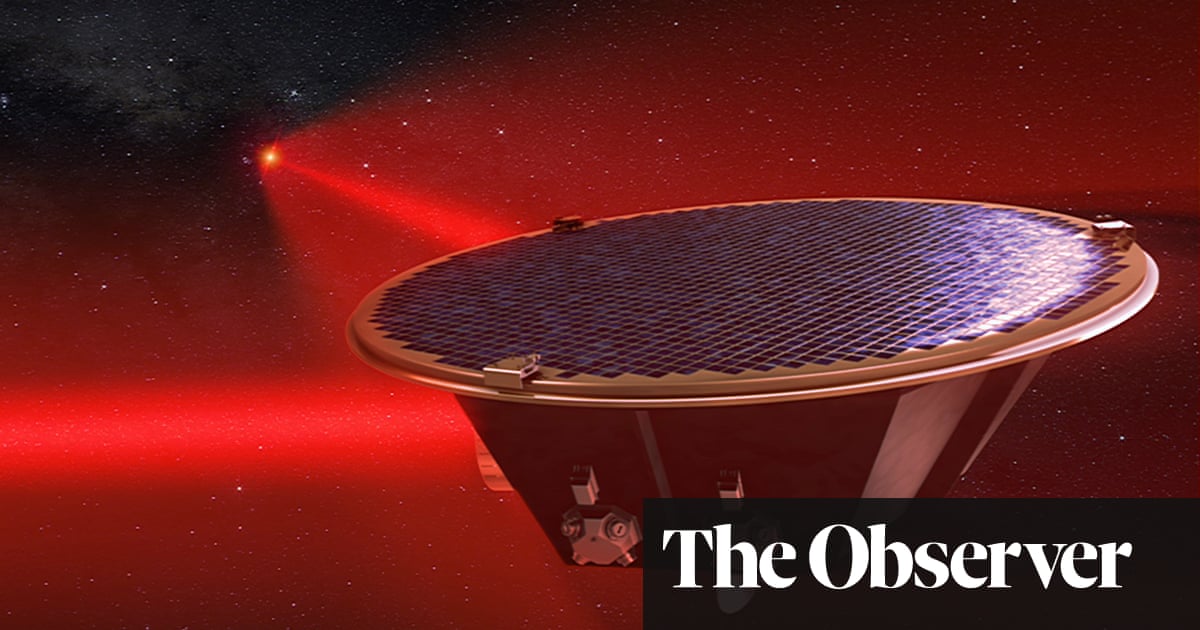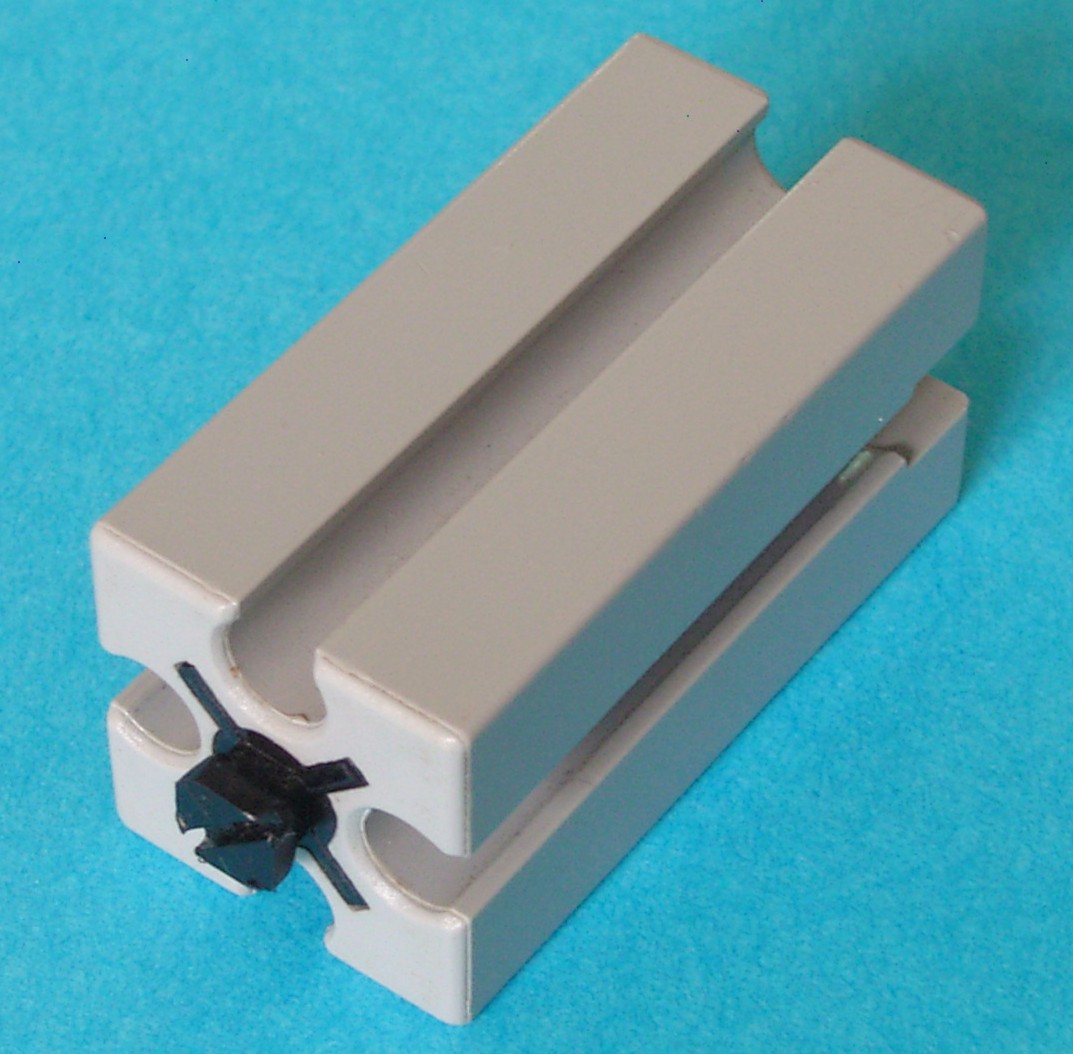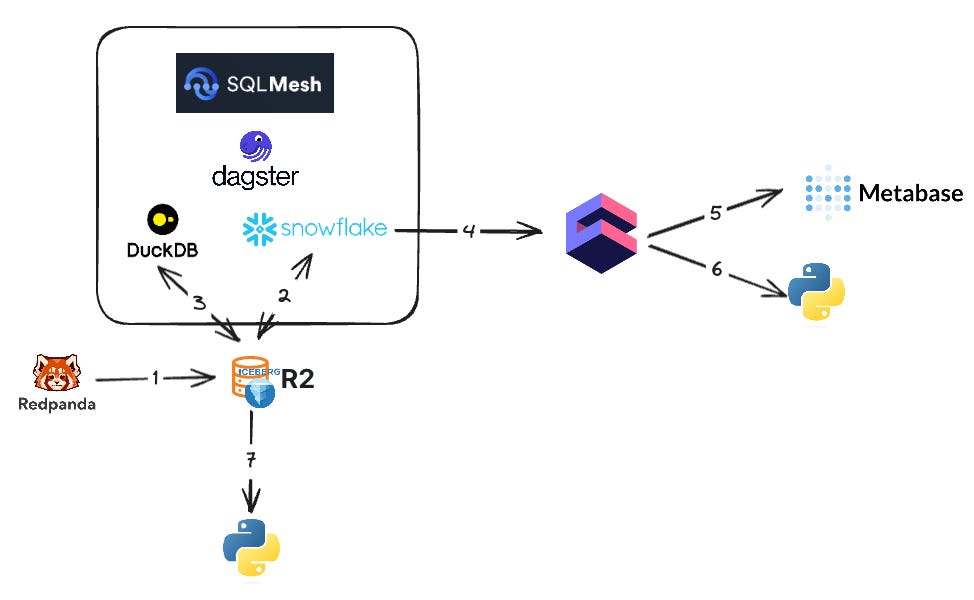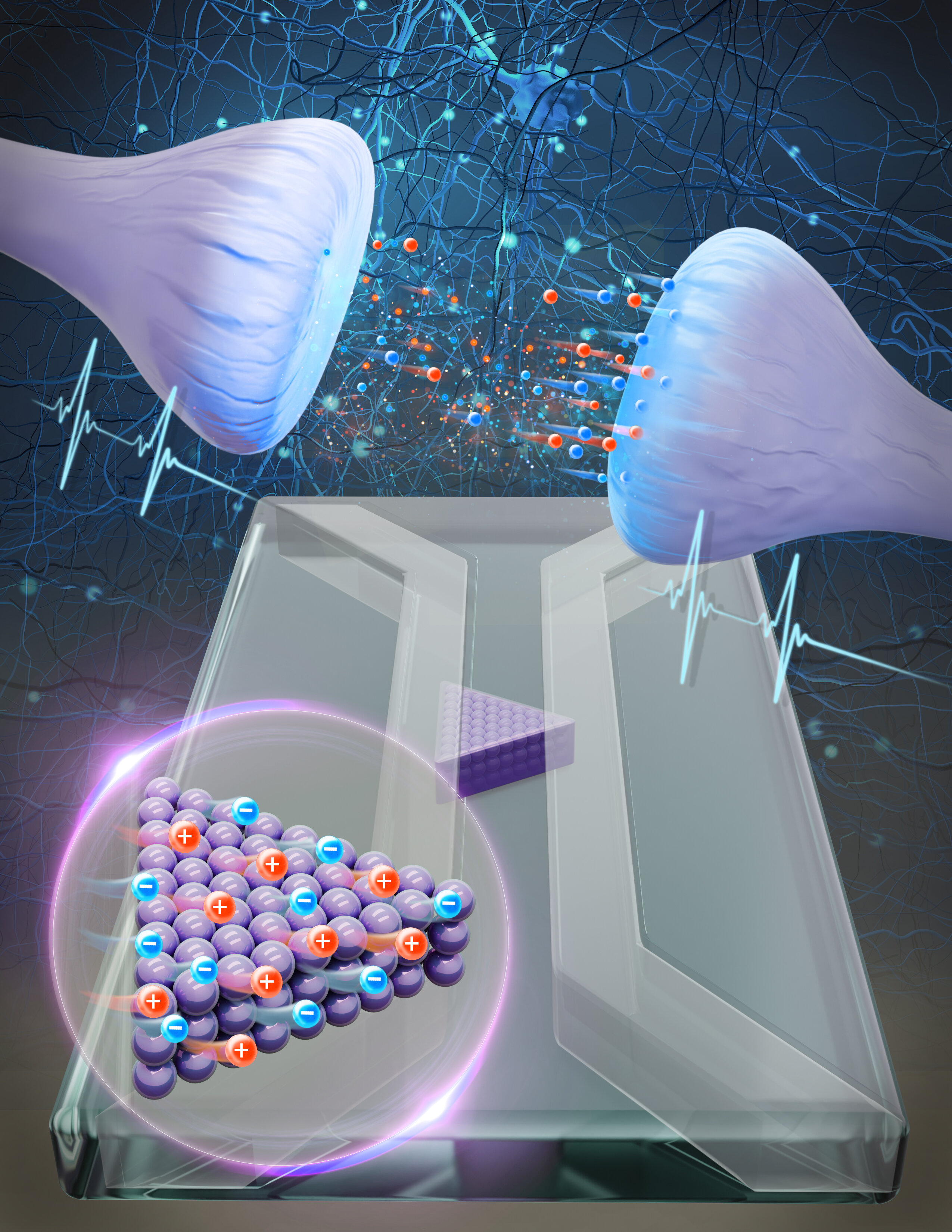
This is the first mini particle accelerator to power a laser
From the laser and gas target (left) to the undulators (blue) and electromagnetic spectrometer (right), the novel free-electron laser measures just 12 meters in length.
For 2 decades, physicists have strived to miniaturize particle accelerators—the huge machines that serve as atom smashers and x-ray sources. That effort just took a big step, as physicists in China used a small “plasma wakefield accelerator” to power a type of laser called a free-electron laser (FEL). The 12-meter-long FEL isn’t nearly as good as its kilometers-long predecessors. Still, other researchers say the experiment marks a major advance in mini accelerators.
“A lot of [scientists] will be looking at this like, ‘Yeah, that’s very impressive!’” says Jeroen van Tilborg, a laser-plasma physicist at the Lawrence Berkeley National Laboratory who was not involved in the work. Ke Feng, a physicist at the Shanghai Institute of Optics and Fine Mechanics (SIOM) who worked on the new FEL, isn’t claiming it’s ready for applications. “Making such devices useful and miniature is always our goal,” Feng says, “but there is still a lot of work to do.”
Particle accelerators are workhorses in myriad fields of science, blasting out fundamental particles and generating intense beams of x-rays for studies of biomolecules and materials. Such accelerators stretch kilometers in length and cost $1 billion or more. That’s because within a conventional accelerator, charged particles such as electrons can gain energy only so quickly. Grouped in compact bunches, the particles zip through a vacuum pipe and pass through cavities that resonate with microwaves. Much as an ocean wave propels a surfer, these microwaves push the electrons and increase their energy. However, if the oscillating electric field in the microwaves grows too strong, it will set off damaging sparks. So, the particles can gain a maximum of about 100 megaelectron volts (MeV) of energy per meter of cavity.















/cdn.vox-cdn.com/uploads/chorus_asset/file/24016888/STK093_Google_01.jpg)






